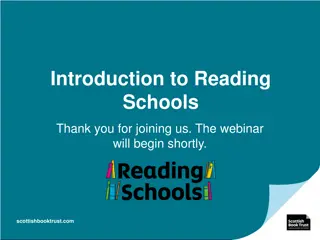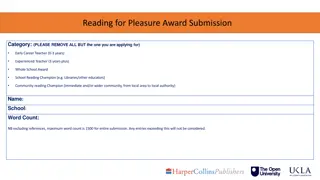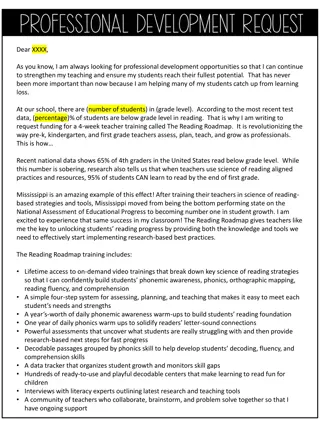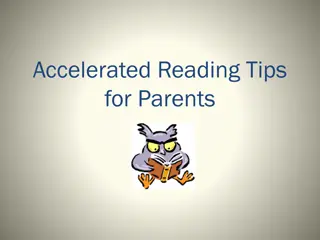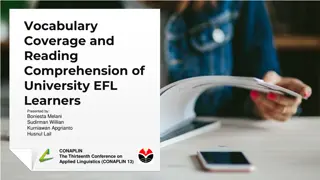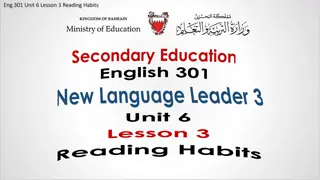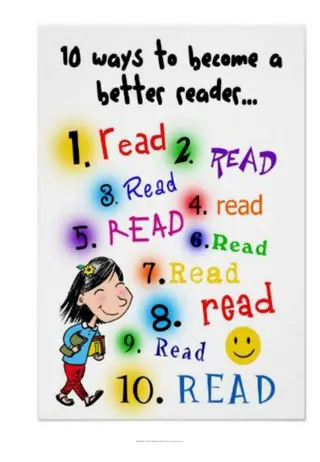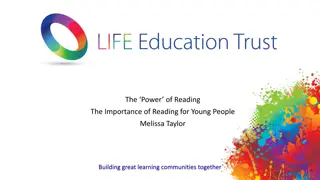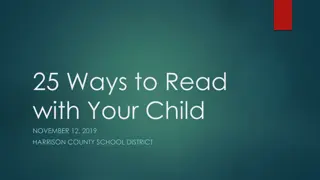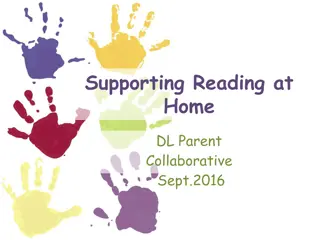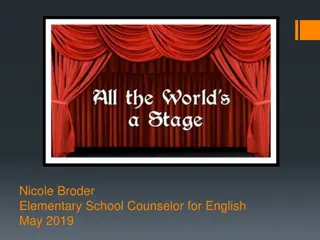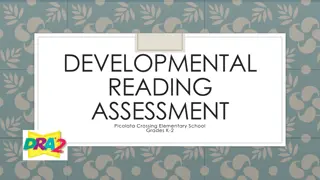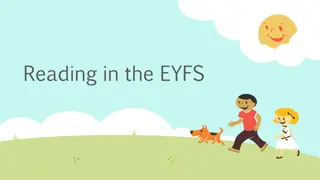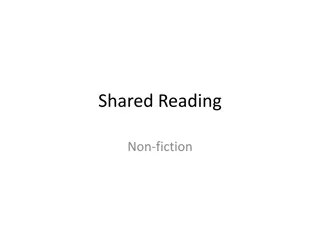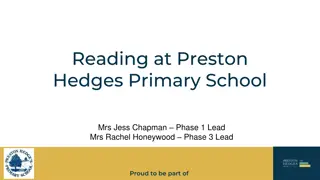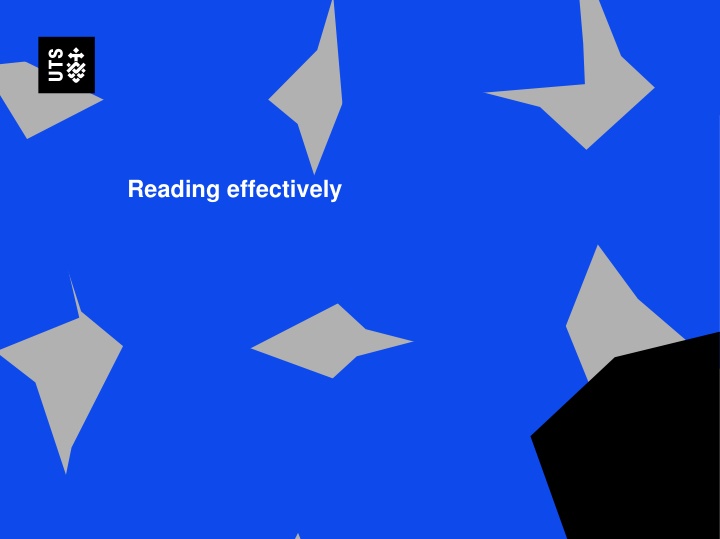
Effective Reading Strategies for Critical Evaluation and Analysis
Enhance your reading skills by learning to critically evaluate evidence, identify reliable sources, and participate in group activities to deepen understanding. Explore different types of evidence for academic and professional purposes while utilizing the resources available at the University of Technology Sydney library.
Download Presentation

Please find below an Image/Link to download the presentation.
The content on the website is provided AS IS for your information and personal use only. It may not be sold, licensed, or shared on other websites without obtaining consent from the author. If you encounter any issues during the download, it is possible that the publisher has removed the file from their server.
You are allowed to download the files provided on this website for personal or commercial use, subject to the condition that they are used lawfully. All files are the property of their respective owners.
The content on the website is provided AS IS for your information and personal use only. It may not be sold, licensed, or shared on other websites without obtaining consent from the author.
E N D
Presentation Transcript
2 Footer What do you usually read and how often do you read? Talk in groups Think about what is easy and what is difficult Write up on the board everything you read, under the columns easy, medium or difficult columns
Reading for evidence: being a critical reader How do you know that what you are reading is good evidence? Where was it published? Who wrote it? What evidence are they using? 3
What counts as good evidence for my studies and as a professional Journal articles Textbooks Government reports Clinical guidelines Health policies Can you think of anything else?
What about ? Facebook Instagram YouTube 5
6 Footer You need to know Where was it published? Who wrote it? What evidence do they have? The library at the University of Technology Sydney has great material on searching and helping you evaluate evidence https://studyguides.lib.uts.edu.au/nursing/evaluatinginformation
7 Jigsaw reading activity Today we are reading a WHO factsheet that you need to use to complete Assessment 1. Would you trust this as a source of evidence? Why or why not? In groups you are going to read a section of the factsheet and then share it with other students
8 Do the jigsaw reading activity Make four groups Each group will read a different section of the WHO fact sheet on diarrhoeal diseases. Group 1: Key facts: Group 2 scope of diarrhoeal disease; and dehydration Group 3: Causes Group 4 Prevention and treatment Step 1 In your groups, read and make sure you understand your section of the fact sheet so that you can explain what you have read to somebody else who has not read that section. You can talk to other students in your group to help each other.
9 Jigsaw reading: Step 2 Make a new group In your new group there should be four people who have read different sections of the WHO factsheet (so from the previous step, a group 1, 2, 3, and 4 member) Each student is to explain what you have read to the other students in your group. By the end of the activity, you should know the answers to these questions: What is diarrhoeal disease? Why is it a problem for children? What are the main causes of diarrhoeal disease? What are ways of treating diarrhoeal disease? What are ways of preventing diarrhoea disease?
10 Footer In class or after class Make notes on each of the questions on the previous slide.
11 Footer The key learning points from today
12 Footer You need a clear purpose for reading Before you start reading you need a PURPOSE for reading. The purpose is often related to an assignment. In this reading activity, your purpose was to find out about a specific aspect of diarrhoeal diseases
13 Footer You can use different reading strategies to help you read effectively Read the Reading at University handout Which of these strategies have you used today to help you read the WHO factsheet?
Talking about what you have read with another student One way to check if you have understood what you have read is to try and explain it in your own words to somebody else 15
Practise these reading strategies Use the reading strategies you have practiced today to help you read in your other subjects. 16

